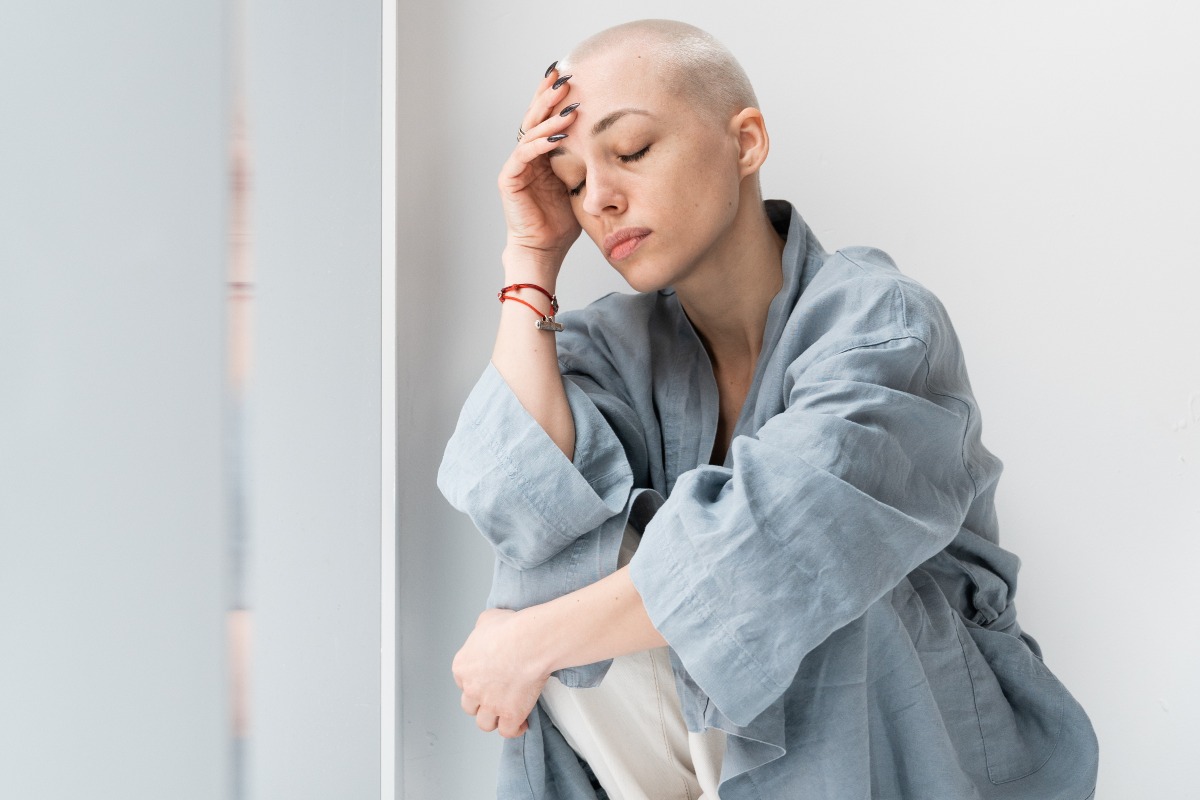
People who aren’t familiar with mental illnesses may think of them as pure emotions. In their perception, depression is sadness, post-traumatic stress disorder (PTSD) is anger, and anxiety is nervousness. Not only is this a fundamentally incorrect understanding of mental illness, but it also ignores the existence of psychosomatic symptoms.
Understanding Psychosomatic Symptoms
Psychosomatic symptoms exist due to the strong mind-body connection. As mental illness symptoms increase, they can cause physical symptoms. The issues won’t have a clear physical cause. In reality, stress hormones are usually the explanation. While they exist in most mental illnesses, psychosomatic symptoms are especially common in anxiety disorders. What do psychosomatic symptoms look like?
Body Systems Impacted by Psychosomatic Symptoms
Many areas of the body feel the effects of anxiety. The different bodily systems may go through a variety of psychosomatic symptoms. While people don’t usually experience all the psychosomatic symptoms, it’s common for an individual to exhibit multiple symptoms during an anxiety episode.
Gastrointestinal System
One of the most common systems impacted by anxiety is the gastrointestinal system. In this case, a person might experience changes in digestion and passing stool. More specifically, the symptoms include:
- Nausea
- Vomiting
- Heartburn
- Bloating
- Gas
- Constipation
- Diarrhea
Cardiovascular System
The heart and blood flow are extremely sensitive to the chemicals secreted as anxiety symptoms rise. As such, psychosomatic symptoms often present in the cardiovascular system. As a result, a person might experience any of the following:
- Rapid pulse
- High blood pressure
- Racing heart
- Heart palpitations
- Chest pain
Nervous System
The nervous system impacts many functions throughout the body. Anxiety and stress activate the sympathetic nervous system, which sends the body into fight, flight, freeze, or fawn (4F) mode. We’ve previously discussed these reactions in other blogs. When activated in appropriate scenarios, the reaction prepares us for emergencies. However, the 4F mode isn’t the only way the nervous system interacts with anxiety. A person might also experience these psychosomatic symptoms:
- Headaches
- Body aches
- Sweaty palms
- Chronic pain
- Back pain
- Excessive sweating
If you or someone you love is experiencing an anxiety disorder, you may experience both mental and physical symptoms. You can go through problems like indigestion, a racing heart, and pain. The psychosomatic connection makes the experience difficult on the mind and the body. The Guest House offers treatment for mental illness and addiction. We provide traditional therapies as well as evidence-based experiential therapies. With the help of our providers, your anxiety could become more manageable. When you’re ready for change, call The Guest House at (855) 483-7800.